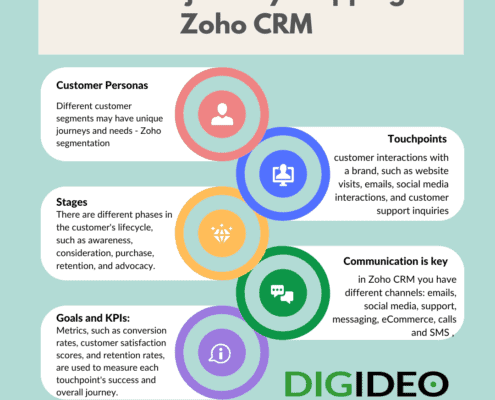Content is a king
Content Marketing and Search Engine Optimization (SEO) are critical components of inbound marketing. Recently, I read a few interesting articles about them. Here is a summary of my findings.
The larger the organization, the more challenging it is to get approval and buy-in to build a sustainable content marketing program that will significantly move the needle in SEO
Your content marketing strategy will provide the most significant boost to your organic search visibility if you follow these four rules:
1) Know your key personas
2) Know and write about all stages of the buying cycle
3) Talk outside-in vs. inside-out
4) All write in the same direction
Know Your Key Personas
We all know how important it is to know your customers, core audience, and key personas on the web. This applies directly to the content you create, especially for B2B companies with a limited content creation budget.
The more precise the picture of your personas, the more targeted your content creation will be, resulting in higher quality visitors closer to your ideal prospect.
Answer the following questions:
• What are the main business problems the persona typically needs to solve?
• How does your product or service provide solutions to these problems?
• What are some specific tasks the searcher wants to accomplish?
• What are some sample search queries the persona might use?
• What can the site provide that will cause the searcher to accomplish this task?
• What is your business goal for the visitor? Lead gen? Newsletter sign-up? Sale? Inspiration?
• How will the searcher be motivated to complete this business goal? i.e., what’s the offer or incentive? What is the call to action?
You can craft more relevant keyword and content topics with this intimate audience knowledge.
Know and write about all stages of the buying cycle.
Here are the four main stages of the buying cycle to build content for and the appropriate types of format for each: Author: Scott Fasser, VP of Customer Experience at Optify
Author: Scott Fasser, VP of Customer Experience at Optify
Talk outside-in vs. inside-out.
Knowing web users’ keywords via a search engine can help you develop a new brand communication strategy and modify your primary message.
SEO helps you reach more customers inexpensively. If you don’t like words, and your clients find your company via a search engine, you can invest your time and money into more relevant keywords. But a wiser thing is to use what you have and create different communication by using your current keywords.
The lesson here is to review your current and future messaging from the point of view of a person who does not know about your brand. Focus on true differentiation/value proposition and create content they will understand without explanation. Finding that balance between pushing new concepts and terms vs. serving the market where it exists today is an essential input into your content marketing planning.
Write in the Same Direction
Content creation and SEO is no longer limited to the marketing department and copywriters. Blogs, social media, press releases, videos, podcasting, etc., have created many ways to publish content to your company and other industry-related sites easily. Profiles on Facebook, LinkedIn, Twitter, SlideShare, Pinterest, and Google Business mean more places to fill with content. All of this communication impacts your brand and visibility – positively or negatively. You can manage it in Zoho CRM and Zoho Social.
One of the most important things you can do to amplify your content strategy is to get as many people in your organization to understand how their work can impact the SEO program and what they should contribute. Giving them the education and the game plan for key messaging and keywords reinforces your business’s central promise.


 Digideo
Digideo Digideo
Digideo Digideo
Digideo
 Digideo
Digideo Digideo
Digideo Digideo
Digideo
 Digideo
Digideo
Share this entry